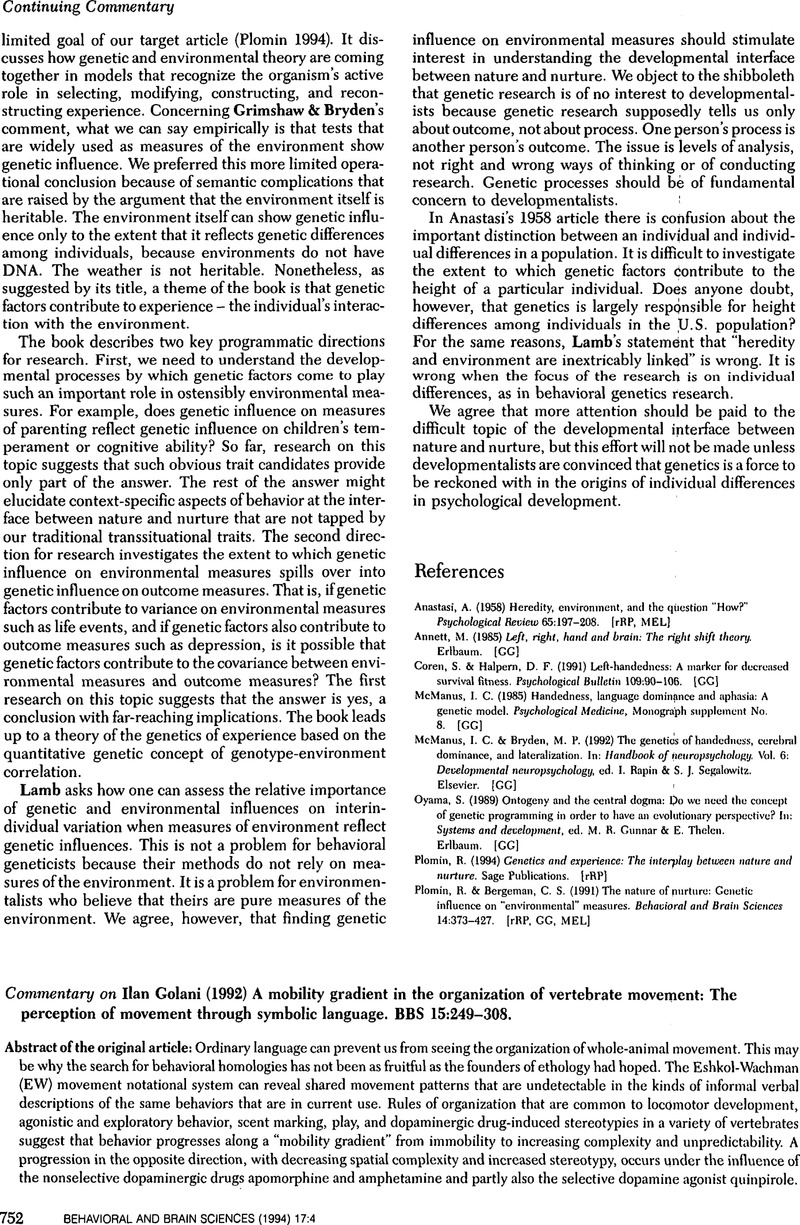Crossref Citations
This article has been cited by the following publications. This list is generated based on data provided by Crossref.
Izquierdo, Conrad
and
Anguera, M. Teresa
2018.
Movement Notation Revisited: Syntax of the Common Morphokinetic Alphabet (CMA) System.
Frontiers in Psychology,
Vol. 9,
Issue. ,



